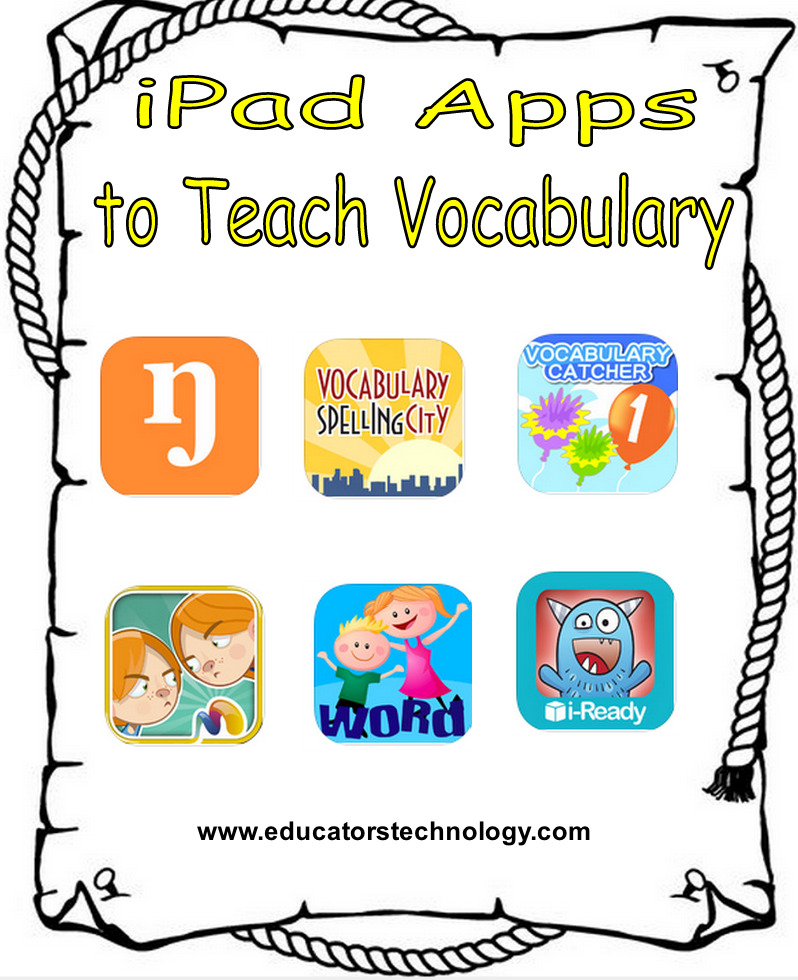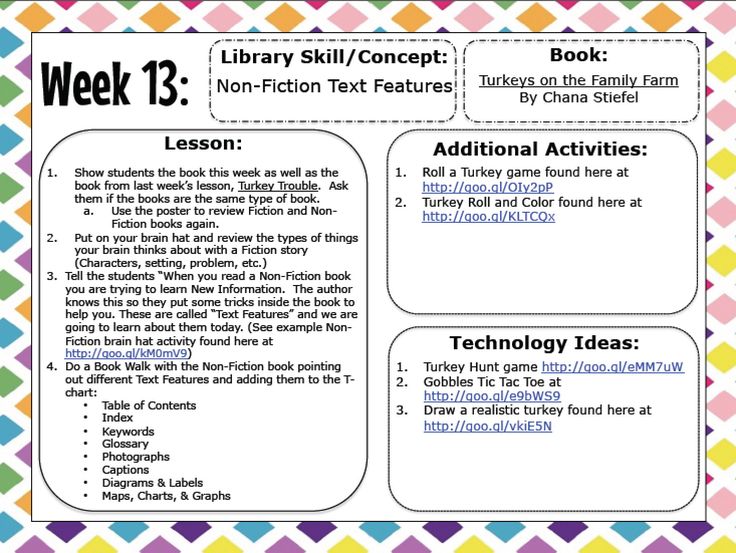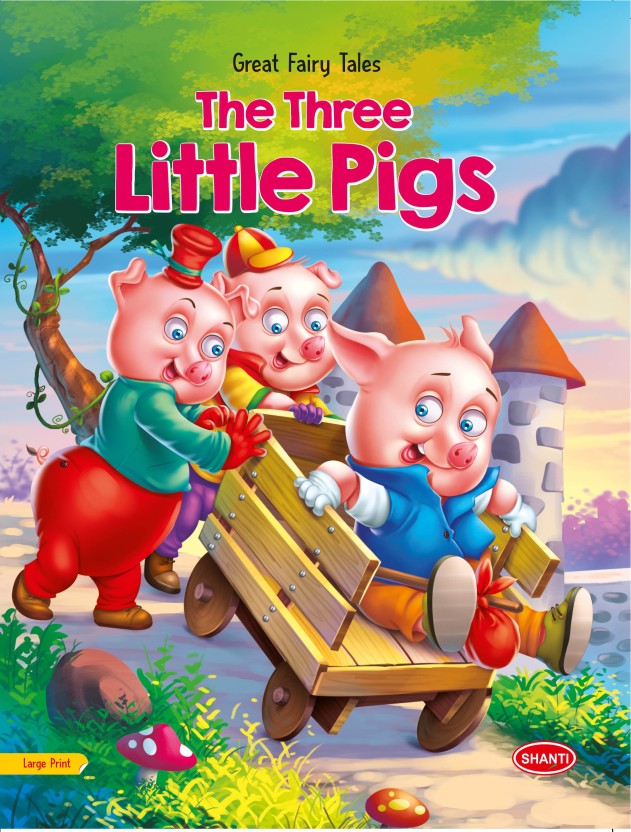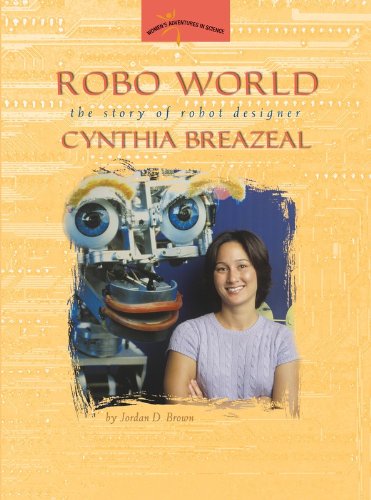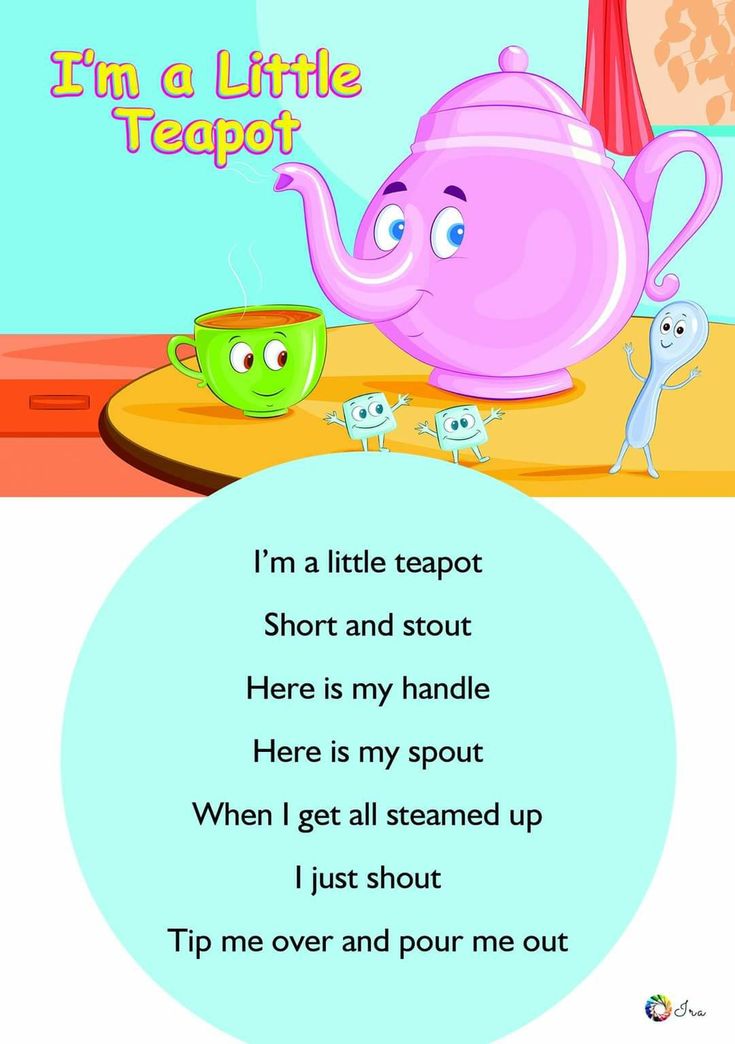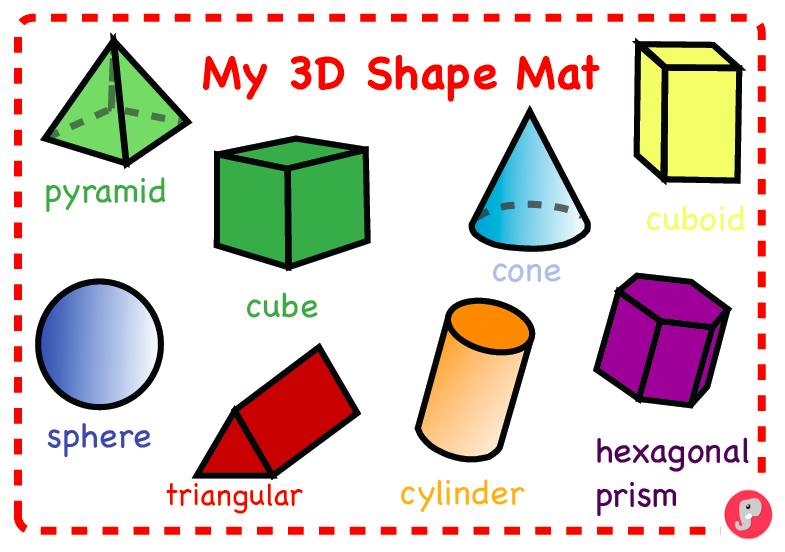Practice writing for 1st graders
Writing Activities for Your First Grader
Try these writing ideas at home
List maker
Ask your child to help you make a grocery list or a "to-do" list for weekend chores. Your child can dictate the list as you write, to model the process. Then switch roles, and ask your child to write the list as you dictate.
Family letters
Help your child write letters to relatives and friends. These may include thank you notes or just a special note to say hello. Be sure to send your child a letter or card once in awhile too so that she is reminded of how special it is to get a letter in the mail. And consider finding a pen pal for your child.
Family stories
Ask your child to draw a picture of a family activity and then write a sentence about it below the picture. Encourage your child to say the sentence and write letters to match the sounds in each word. Then have your child read what she wrote. Display the story on the refrigerator or a bulletin board — and celebrate the work!
Reader's theater
Encourage your child to read her stories out loud. Listen carefully with patience, and give positive feedback about her ideas and her writing!
Bookmaker
Turn your child's writing into books! Paste her drawings and writings on pieces of construction paper. For each book, make a cover out of heavier paper or cardboard, and add special art, a title, and her name as author. Punch holes in the pages and cover, and bind the book together with yarn or ribbon.
Field notes
Encourage your child to take notes on trips or outings, and to describe what she saw, using all of her senses. This could include a description of a walk outside, a ride in a car or a bus, or other events that lend themselves to note taking.
Message board
Hang a family message board in the kitchen and leave notes there for your child. Encourage your child to write a message back and post it to the board.
Label it
Young children love to name things! Ask your child to write out labels for the rooms and objects in your house.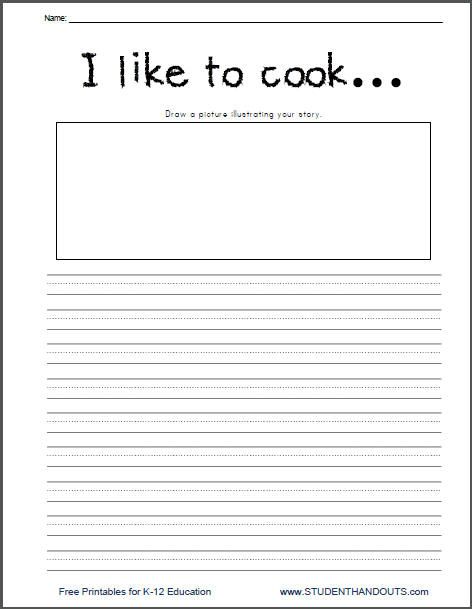 Don't worry about invented spellings! Help your child safely tape them up for temporary display. See a real-life example in this blog post, Using but confusing, with laundry.
Don't worry about invented spellings! Help your child safely tape them up for temporary display. See a real-life example in this blog post, Using but confusing, with laundry.
Make practice fun!
Give your child opportunities to practice writing by helping her sign birthday cards and make lists. As your child gets older, write together — have your child help you with the writing you do, including writing letters, shopping lists, and messages.
Young reporter
Encourage your child to take notes on trips or outings, and to describe what she saw. This could include a description of nature walks, a boat ride, a car trip, or other events that lend themselves to note-taking.
Writing to remember
If your child likes a particular song, suggest that she learn the words by writing them down. Also encourage copying favorite poems or quotations from books and plays.
Reader's theater
Encourage your child to read her stories out loud. Listen carefully without interrupting, and give her positive feedback about her ideas and her writing!
Play a game with pictures
Photos and images are great story sparkers.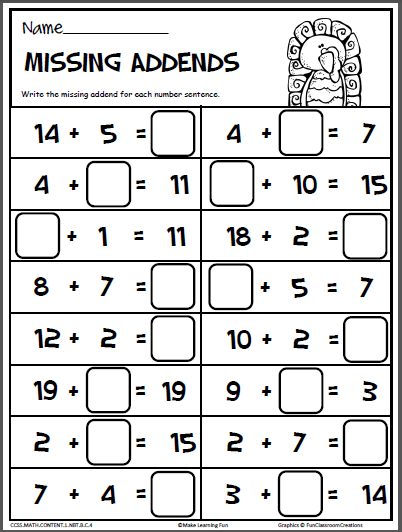 Do a web search and find a few interesting images. Or cut out pictures from magazines. The pictures can be realistic, such as a photo of students on a playground. Or they can be fantastical images, such as a superhero flying in space. Glue a couple images into a notebook. Then ask your child to write about one of them. You can prompt her, asking her to include what she sees, what the people are thinking, what will happen next—or just let her imagination run free.
Do a web search and find a few interesting images. Or cut out pictures from magazines. The pictures can be realistic, such as a photo of students on a playground. Or they can be fantastical images, such as a superhero flying in space. Glue a couple images into a notebook. Then ask your child to write about one of them. You can prompt her, asking her to include what she sees, what the people are thinking, what will happen next—or just let her imagination run free.
Make an “I can” book
As your child learns to write, she’ll also be learning other new skills. Making an “I Can” book will let her practice writing skills and keep track of her other accomplishments. Staple together a bunch of blank sheets of paper to make a book. As your child reaches a new milestone, such as learning to tie her shoes or hit a baseball, she can draw a picture on a new page of the book. Younger kids can then write, “I can tie my shoes.” Older kids can write a few sentences about what they’ve accomplished.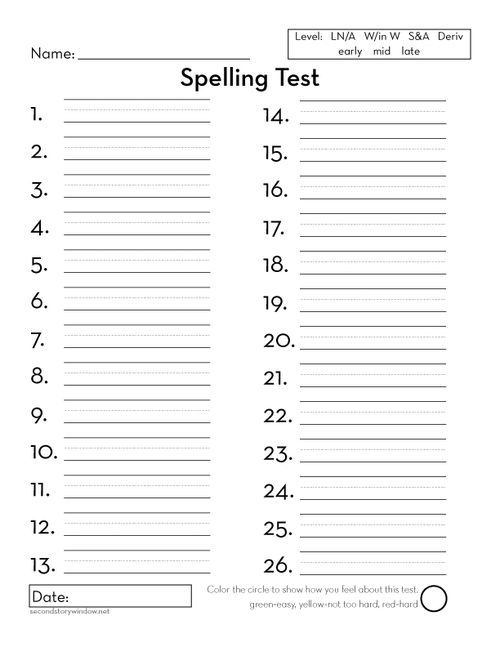
Create a family scrapbook
A family scrapbook is a great way to save memories and jump-start your child’s writing. Use an inexpensive photo album to keep souvenirs of things you do together. This can include photos, ticket stubs, and found objects, like pretty leaves. Your child can begin by writing the date and a line about where you were and what you did. Then, you can work together to write a more detailed summary. Don’t forget to include funny or even annoying moments!
Foster a love of writing with your first grader
This video is from Home Reading Helper, a resource for parents to elevate children’s reading at home provided by Read Charlotte. Find more video, parent activities, printables, and other resources at Home Reading Helper.
23 1st Grade Writing Worksheets To Practice New Skills
Spelling, reading, and writing are three of the most important skills children will learn in their first few years of school—that’s why having access to an assortment of first grade writing worksheets will make your life easier as a parent or a teacher.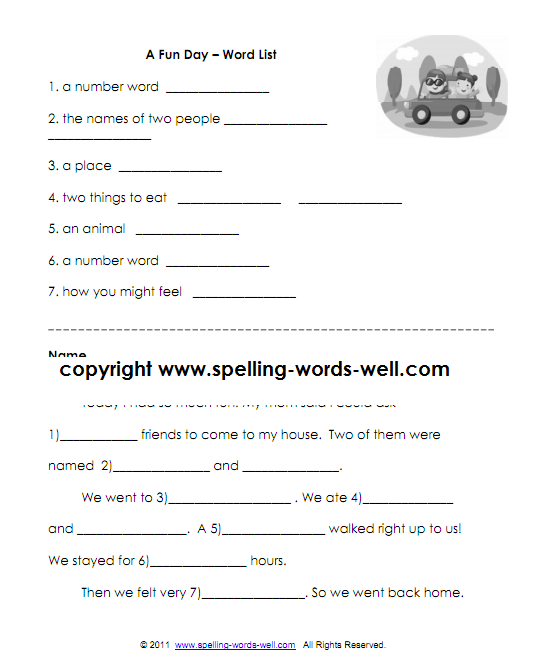 By the time students reach first grade, many have started learning basic words and are able to write basic ideas out on paper. The writing worksheets below offer a variety of different activities for all skill levels and help students focus on essential writing skills and develop them. Worksheets are great support for learning through practice—the unique offerings and the classic activities alike will create a strong foundation to build on!
By the time students reach first grade, many have started learning basic words and are able to write basic ideas out on paper. The writing worksheets below offer a variety of different activities for all skill levels and help students focus on essential writing skills and develop them. Worksheets are great support for learning through practice—the unique offerings and the classic activities alike will create a strong foundation to build on!
Table of Contents
- What Should a First Grader Be Able To Write?
- Best First Grade Writing Worksheets
- Should First Graders Be Able To Spell?
- Check Out These Additional 1st Grade Resources
First grade introduces the basics of spelling, grammar, and vocabulary to students. As they practice all of these skills, they’ll inevitably grow as writers. First grade teachers want to see kids who can write simple, complete sentences. They should ideally be using proper capitalization and end punctuation.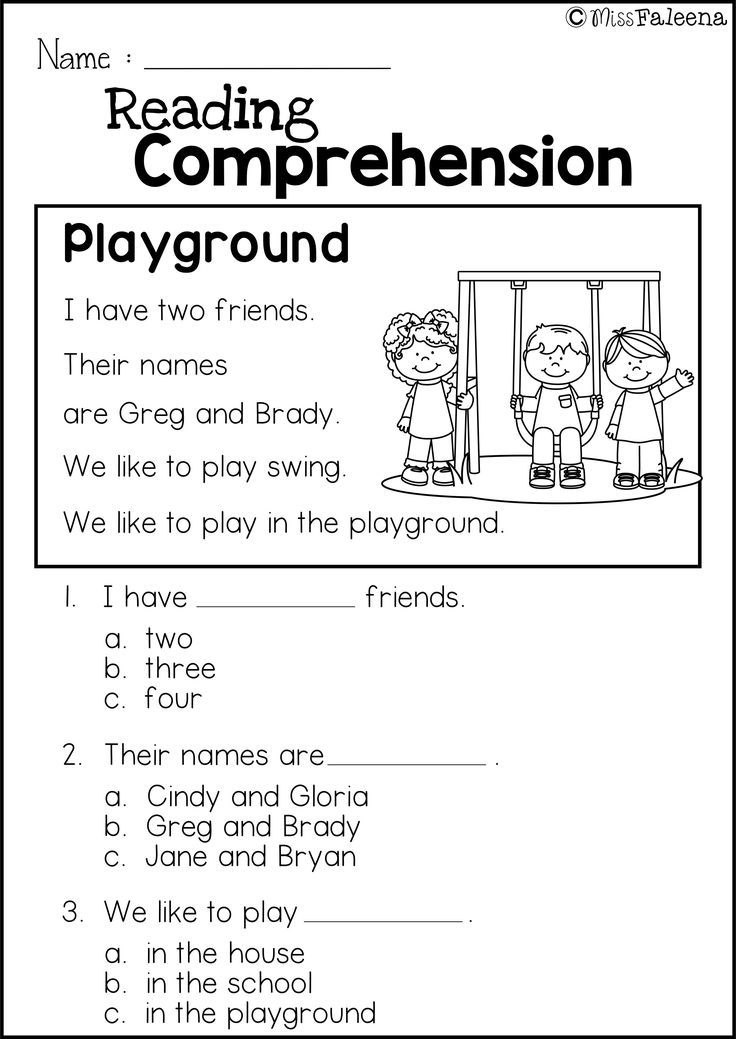
Even if their spelling isn’t perfect, the ability to use their knowledge of letters and letter sounds to take an educated guess is really what teachers are looking for. First graders should also be adept at copying down words and sentences provided to them, and able to produce their own simple sentences from scratch.
In partnership with Teach Simple, whose marketplace is full of educational materials created by actual teachers (plus 50% of all revenues go to them), I’ve gathered 23 totally-awesome grade 1 writing worksheets to help inspire your students and support their core language arts skills!
Best First Grade Writing Worksheets You Write the Story Soccer Picture WorksheetThis writing worksheet offers students the chance to practice writing using a visual prompt. The use of visuals supports learning and aids students in idea generation. This 1st grade worksheet will help you teach brainstorming and the elements of a story.
Download Here
Other Ways to Write WorksheetThis worksheet may seem like it is just focused on writing, but it also engages essential critical thinking skills. Understanding that writing is a process that can happen on paper or on a computer will set your students up for success well beyond first grade!
Download Here
Capitalization Errors WorksheetThere are many elements of grammar that students need to learn throughout elementary school, but capitalization is truly fundamental. Catching errors is a fantastic practice to reinforce learning! This worksheet will certainly engage your reader and support their knowledge of grammar as they fix the errors in seven different sentences.
Download Here
Writing About Me WorksheetCultivating a strong sense of self and identity is an important element of social-emotional learning for young children.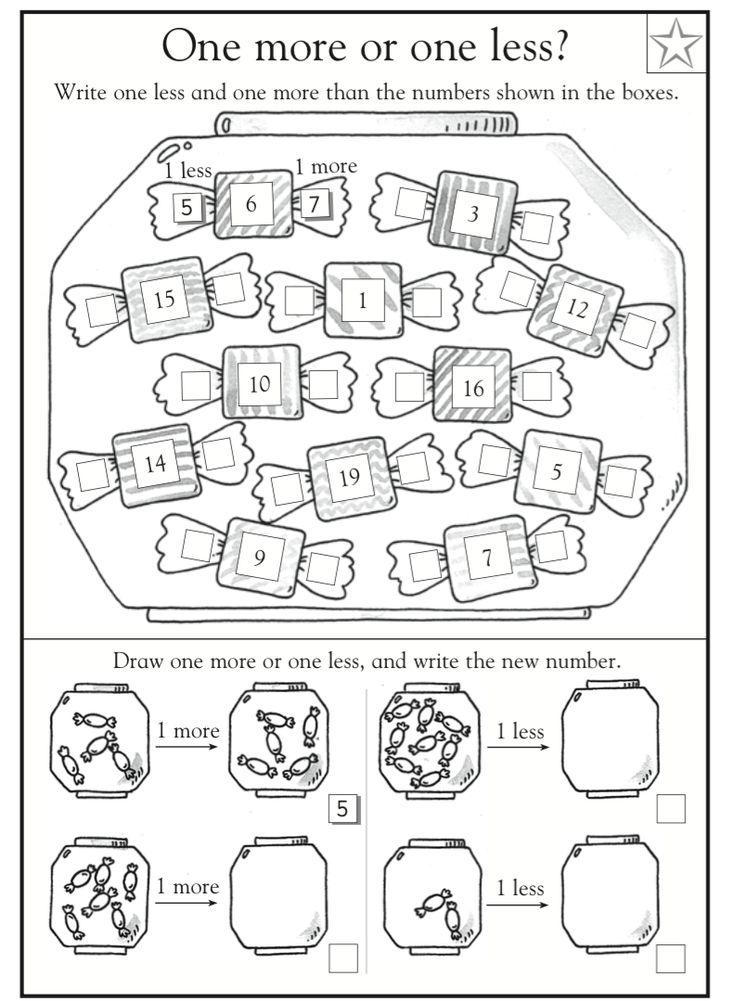 This worksheet blends together writing, spelling, and those SEL elements to create an engaging and fun activity where students can write about someone they know very well!
This worksheet blends together writing, spelling, and those SEL elements to create an engaging and fun activity where students can write about someone they know very well!
Download Here
In My Own Words WorksheetSummarizing paragraphs and retelling narratives with a focus on key information are essential skills. They support not only reading and reading comprehension but also critical thinking as a whole. This worksheet asks students to retell four different quotes in their own words and offers particularly effective practice for your first grader!
Download Here
Once upon a Pancake for Younger Storytellers — Creative, Interactive Activity Book for KidsThis workbook is full of writing prompts and unfinished stories to spark kids’ creativity and enhance their writing by finishing up each one. This workbook is a fun way for children to develop their reading, writing, and storytelling abilities, using prompts about superheroes, friendships, magic, and more!
Find It Here
“I” Handwriting PracticeHandwriting is key to academic success and legibility is a key part of writing in the first grade.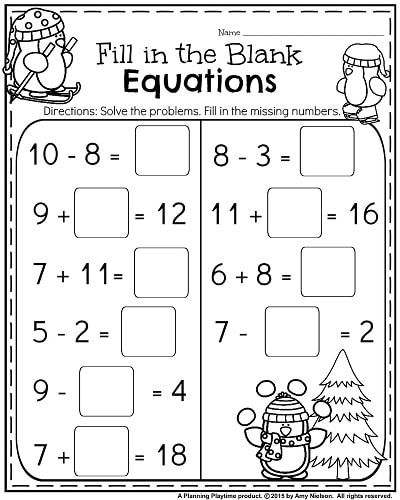 This simple worksheet let’s students practice uppercase and lowercase “I” handwriting while also constructing sentences starting with I or making silly sentences that only use “i” words.
This simple worksheet let’s students practice uppercase and lowercase “I” handwriting while also constructing sentences starting with I or making silly sentences that only use “i” words.
Download Here
Journal Writing PromptsWhether you need beginning of year writing activities, literacy centers, morning work, or early finisher work, these prompts will work for any time! With a checklist to self-edit for capitals, punctuation, and details, students will be reminded to utilize the components of strong writing that they are learning every day.
Find It Here
You Write the Story Artist WorksheetThis worksheet offers another delightful visual writing prompt—this time about some artists and a dinosaur. The benefits of the visual prompt paired with the writing practices will lead to fun and learning all at once!
Download Here
Draw a Story WorksheetKids love to draw, and visuals are wonderful supports for reading and writing.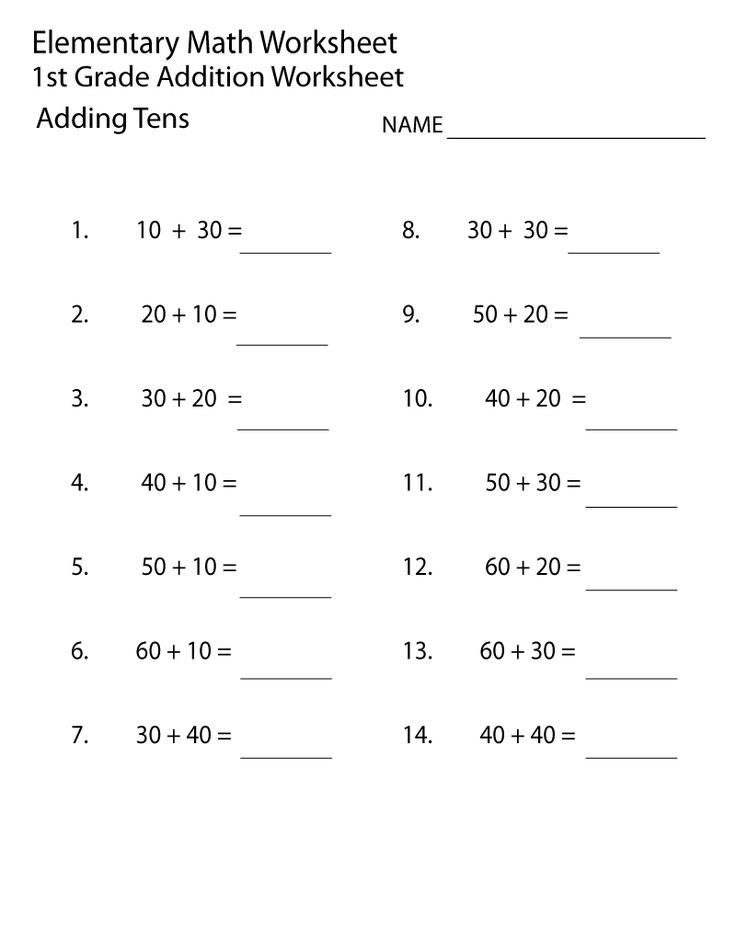 This worksheet blends the two and guides your little author through the process of creating a story and illustration of their very own.
This worksheet blends the two and guides your little author through the process of creating a story and illustration of their very own.
Download Here
My Opinion: The Big Orange Splot Writing WorksheetOpinion writing includes elements of informational texts. This worksheet asks first graders to think critically about the prompt, practice writing, and focus on their opinion of the characters and plot of the story.
Download Here
This worksheet goes hand-in-hand with the book The Big Orange Splot. Play it for your students below before they start the worksheet above.
Capitalization and End Punctuation WorksheetA sentence has distinct features to indicate where it begins and where it ends. Early literacy skills focus on these text features to support students in their grammatical understandings. This practice worksheet is a wonderful resource for emerging readers and writers to practice capitalization and end punctuation on different types of sentences.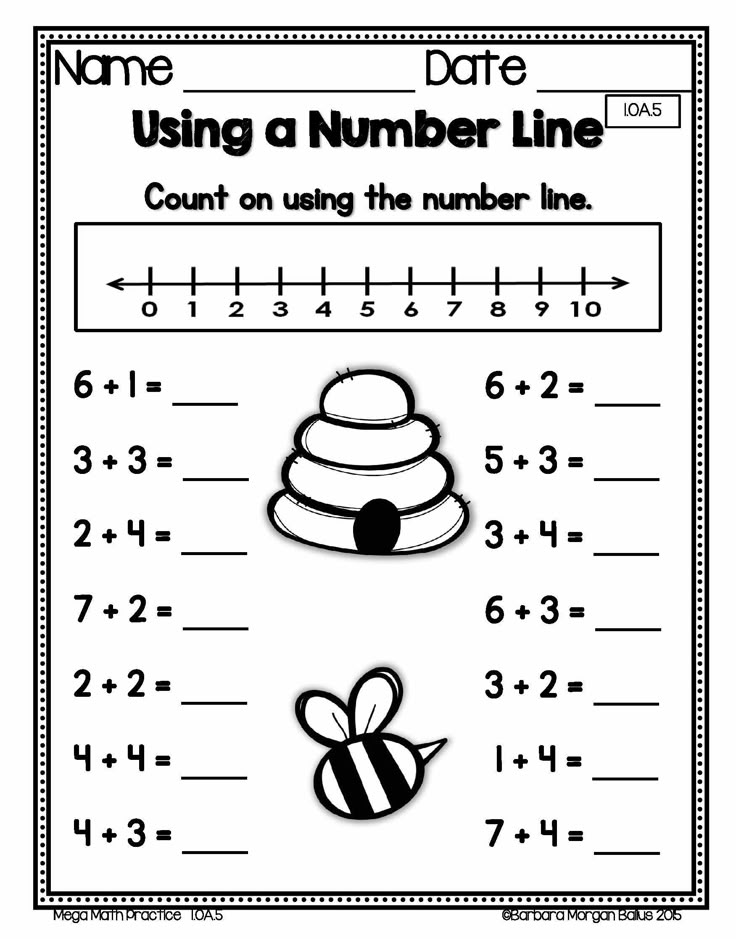
Download Here
Comprehensive Language Arts Skills Practice Test For Grade 1Knowing where your students are is important to tracking progress. These worksheets are designed to be used as a practice test, focusing on core writing and reading skills. Ranging from punctuation and grammar to story structures and more, this is a great assessment tool to check in on your student’s learning.
The worksheets in this bundle include topics like:
—Consonant Sounds
—Vowels
—Blends and Digraphs
—Compound Words
—Contractions
—Synonyms and Antonyms
—Adjectives
—Sequencing and Story Mapping
—Capitalization
—Punctuation and Grammar
Download Here
Writing Sentence Practice WorksheetsA simple but useful tool, this sentence writing practice looks at the writing basics younger students need to learn and focuses on each one!
Download Here
Writing Conventions and Applications WorksheetsMake learning more fun with a variety of activities and games related to all things about writing conventions! This set features various types of practice with nouns, verbs, plurals, subject-verb agreement, adjectives, statements vs.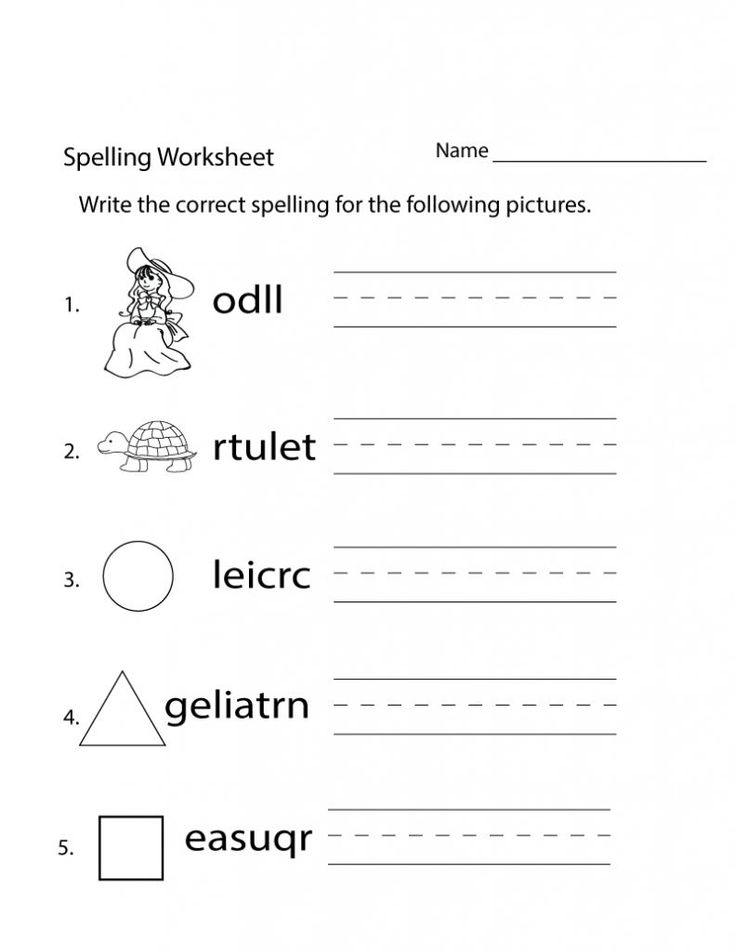 questions, capitalization, punctuation, complete sentences and beginning/middle/end-story structure. Packed in a set of unique worksheets, this practice is fun and effective.
questions, capitalization, punctuation, complete sentences and beginning/middle/end-story structure. Packed in a set of unique worksheets, this practice is fun and effective.
Download Here
Describing Emotions WorksheetThis worksheet is a double whammy! Not only are you getting engaging writing practice, but you will also be supporting students’ emotional learning. A simple but effective way to ask kids to write about their own feelings in descriptive words.
Download Here
Sentences Maker WorksheetA choose your own adventure of sorts, this worksheet allows students to piece together words and create sentences. A fun and tactile tool, this activity encourages students to be creative while offering a support scaffold and building a solid foundation for writing sentences on their own.
Download Here
Silly Stories Story StartersWho doesn’t love a silly story? Inspire your students to flex their imagination with this worksheet full of story starters. They’ll have ideas to jump off from and will practice writing while being creative and thinking of stories that are outside of the box.
They’ll have ideas to jump off from and will practice writing while being creative and thinking of stories that are outside of the box.
Download Here
Scholastic Success with Writing, Grade 1This comprehensive writing workbook from Scholastic focuses on several different parts of writing skills in 1st grade including identifying sentence parts, building sentences, sequencing, writing descriptive sentences, and identifying story parts.
Download Here
Star Wars Workbook: 1st Grade Writing SkillsGet kids hooked on writing by providing them with writing activities about their favorite characters from Star Wars. This workbook is aligned with Language Arts Common Core Standards and combines editorial quality, fun presentation, and the rigorous educational standards that Workman applied to the Brain Quest Workbooks as well.
Find It Here
Space Poetry WorksheetThis charming worksheet is a perfect way to practice poetry and tie in science.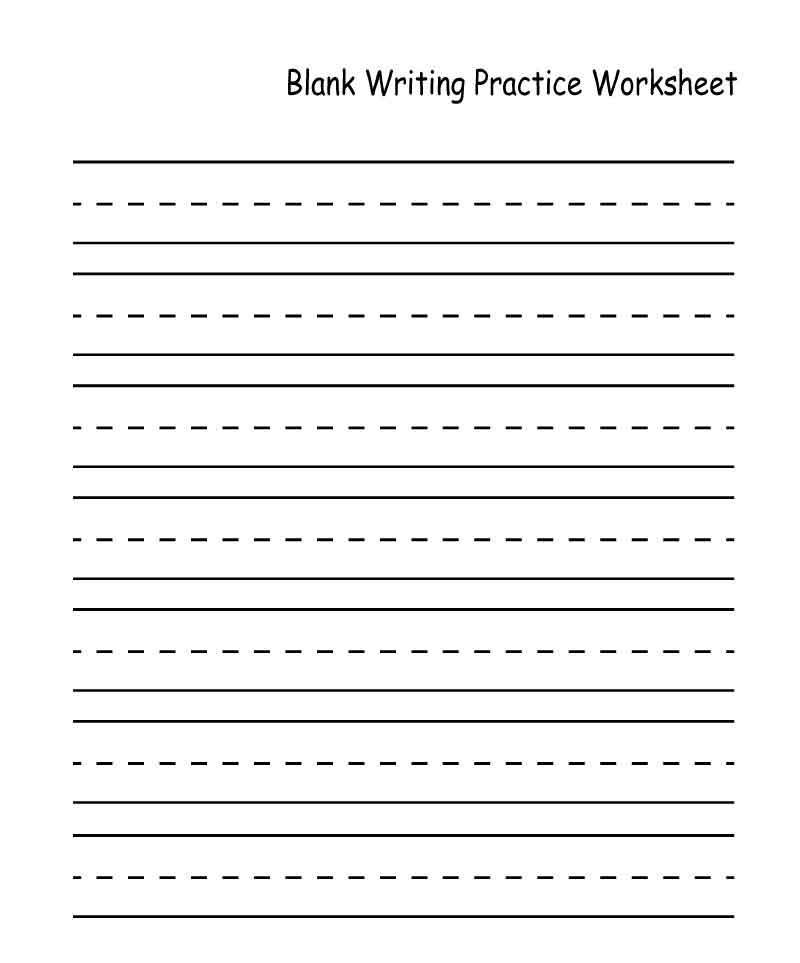 The creative writing elements and cross-curricular connections make this a wonderful resource for your first grader to think about how to write a poem about space.
The creative writing elements and cross-curricular connections make this a wonderful resource for your first grader to think about how to write a poem about space.
Download Here
Uppercase and Lowercase WorksheetHaving two versions of each letter can be a weird concept to wrap your brain around as a child. This set of practice worksheets around the basics offers a quick and easy way to support students in understanding the difference. It also serves as handwriting practice making it a double whammy!
Download Here
Capital Letter Examples WorksheetsLet your students apply what they know with this worksheet. A little more capitalization practice can’t hurt, and with this sheet you can easily check their understanding of the concept before you move on from the topic.
Download Here
Should First Graders Be Able To Spell?The answer is yes and no.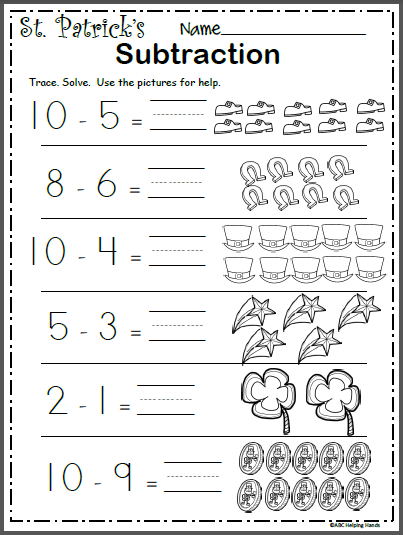 We want our first graders to be able to spell out CVC words they’ve memorized and can identify by sight. They should also have a handle on some decodable words—mostly those that can be broken down into their composite letter sounds.
We want our first graders to be able to spell out CVC words they’ve memorized and can identify by sight. They should also have a handle on some decodable words—mostly those that can be broken down into their composite letter sounds.
Complex, compound, and trickier letter combinations are not going to be words teachers expect first graders to spell correctly, but with practice they will come! Using these first grade writing worksheets will support your students in becoming proficient readers and writers in tandem with developing spelling skills they’ll need for second grade and the rest of elementary school.
About the Author
Ali Pierce has been a proud public school teacher for nearly a decade. An English teacher by day, Ali works with educators throughout K-12 in a variety of coaching and support roles. A proud Wildcat, Ali earned both her BA in Creative Writing and M.Ed. in Teaching and Teacher Education from the University of Arizona. When not teaching, Ali can be found hanging out with her two young sons and sneaking in some reading for fun.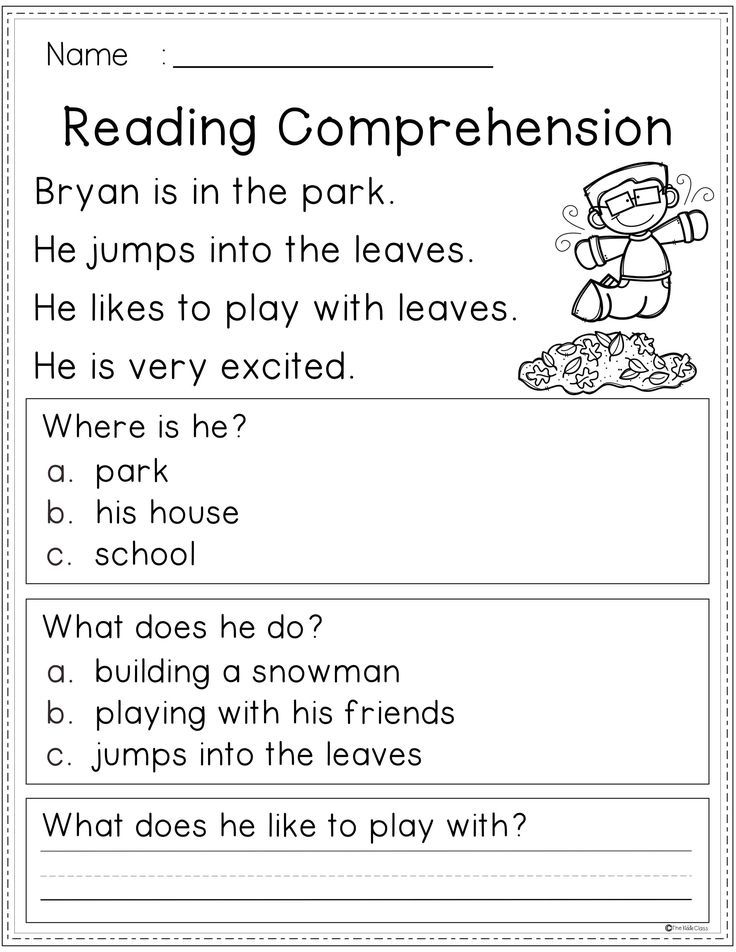
Writing classes with children 5–7 years old
Writing classes with children 5–7 years old
Time for boring copybooks is in the past!Stop torturing your child with endless hooks, dashes and circles. Seriously! Take and print out a couple of pages of copybooks. Feel like a first grader, start tracing these dotted lines. Just write with the hand you don't normally use. If you are right-handed, try writing with your left hand and vice versa. Well, how do you feel? Fun? Interesting? Exciting? So maybe a couple more pages? Not?
So your children will say no. Because today's children are arranged differently. They are freer in every respect, they cannot stand violence and coercion. Therefore, the most important task is not to force, but to interest. Feel the difference?
Feel the difference?
Sensitive period for writing
Beautiful fonts are everywhere. Advertising, signs, logos, labels, design of posts in social networks. It's great to try to write Coca-Cola yourself as beautifully as on a branded bottle. And this is much more interesting than writing, and the result is the same - we write, work out the slope, pressure, thickness, size, smoothness and many other subtleties of writing.
There is such a thing as “ sensitive period” is a period of a child's natural interest in any activity. The sensitive period for reading is 3 years, and for writing 4–5 years. Yes, it is at the age of 4-5 that a child begins to take an interest in writing. Not by drawing - we all love this, almost from the cradle - but by writing. It is at 4–5 years old that a child awakens a keen interest in letters. Therefore, it is very important to support the baby and give the necessary tools so that he can easily develop and consolidate this interest in practice.
Moreover, starting to write with a pen in copybook ahead of time is a rather harmful occupation. Why? Because the muscles of the hand that are involved in writing are formed quite late. When a child is forced to write too early, in the vast majority of cases he writes like a chicken paw and this does not improve with age. The child gets used to using the wrong motor patterns. The earlier you force the child to write, the worse his handwriting. Yes, this is such a paradox.
Therefore, it is so important to start writing not with a pen, but with a brush. The correct position of the hand, the correct writing, begins with the hand.
The Magic Key of Writing
In writing classes, we not only practice hand positioning, learn to write, train and work out the necessary motor patterns, but also learn to be interested in letters and love them. Letters are a separate sign system, a separate language! Cipher, code - you can call it in different ways. The main thing is that the essence does not change: letters are our guide to the wonderful world of written text.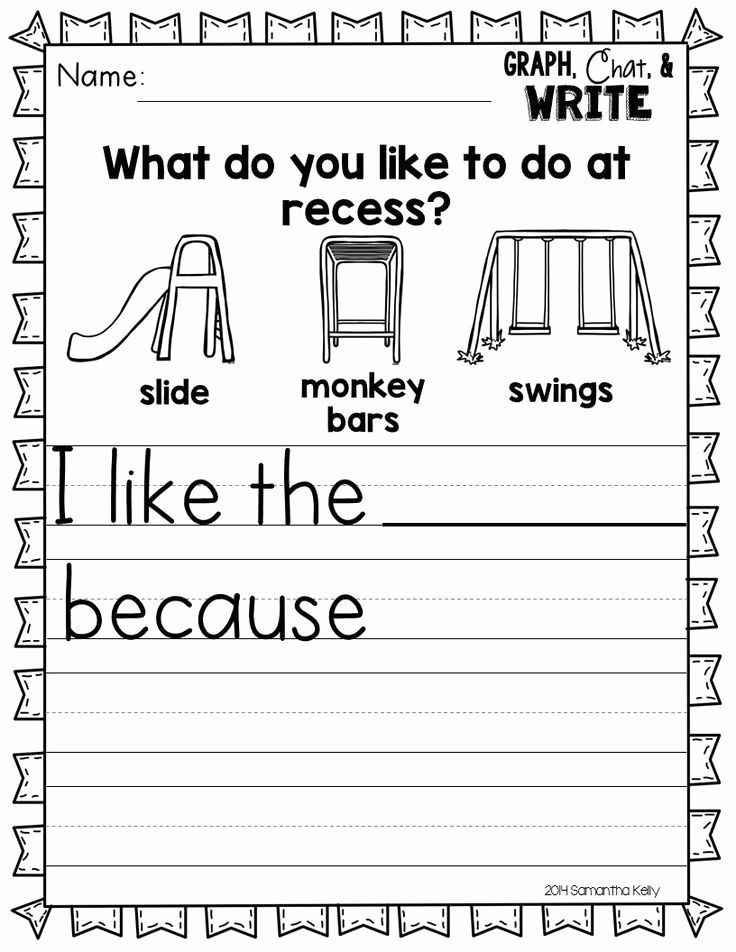 It's like getting a magic key and opening the door to a wonderful and vast world of the unknown!
It's like getting a magic key and opening the door to a wonderful and vast world of the unknown!
When a child masters writing, he immediately opens up new opportunities for self-expression. He starts signing his drawings, starts writing notes, he studies and experiments, expressing his ideas, thoughts, feelings. It's like changing a digging stick for an excavator - the field of possibilities is expanding significantly.
Your child will write calligraphy!
Many children in school have problems with writing just because they are taught incorrectly and the foundation is laid incorrectly. If you start with a pen and copybook, get ready for problems at school. You need to start with creative calligraphy. From a creative point of view, this is the key point. It is important that the child be interested, then he will really love the letters and will write with pleasure. Gradually, we will come to writing that same handwritten text with a pen in a notebook that everyone is dreaming about.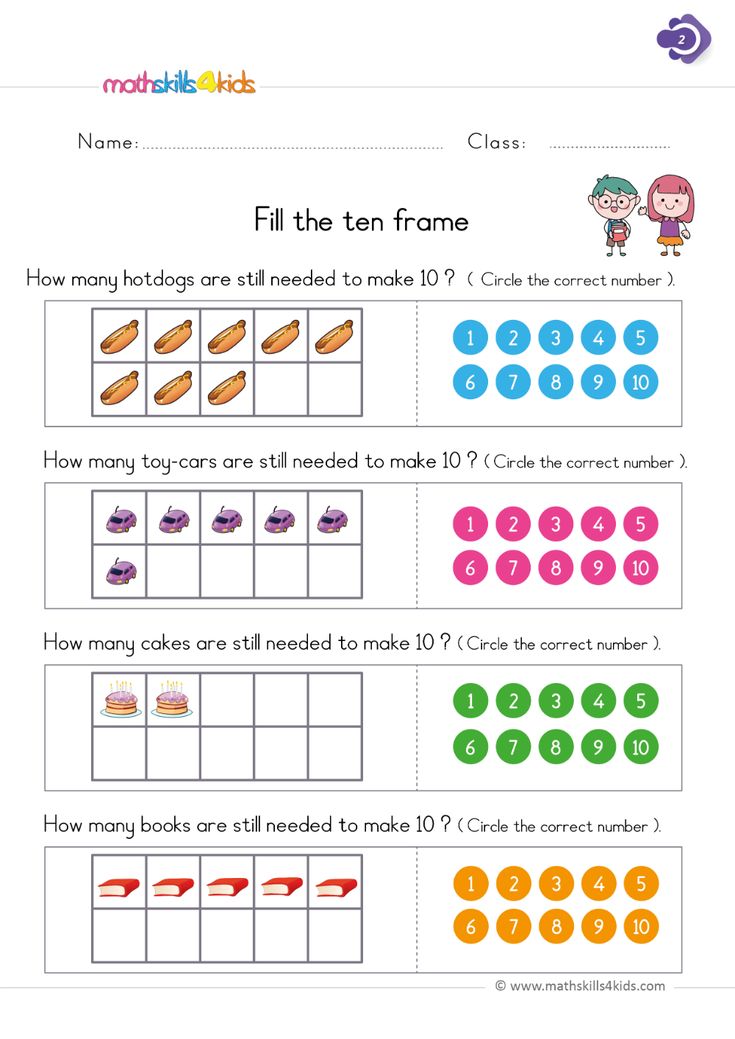
We will come to this not through a thorny path, but along a magical path in a fairy forest. As a result, the child will have really beautiful, calligraphic handwriting. Someday later, you will still receive greeting cards from children with warm wishes and a beautiful inscription inside.
Teaching children to write
Today you can hardly find a person who could not write. But the memory of the times when people not only did not know how to do this, but did not have the slightest literacy at all, is still fresh. However, even among the vast majority, there were always those who were trained in both writing and literacy. It was to such people that honest people came to make notes, read documents and perform other equally important deeds and tasks. But more interesting is that people who can only write or only read were considered semi-literate.
It's the same now - to be truly literate, you need to be able to read, count and write, and do it all correctly.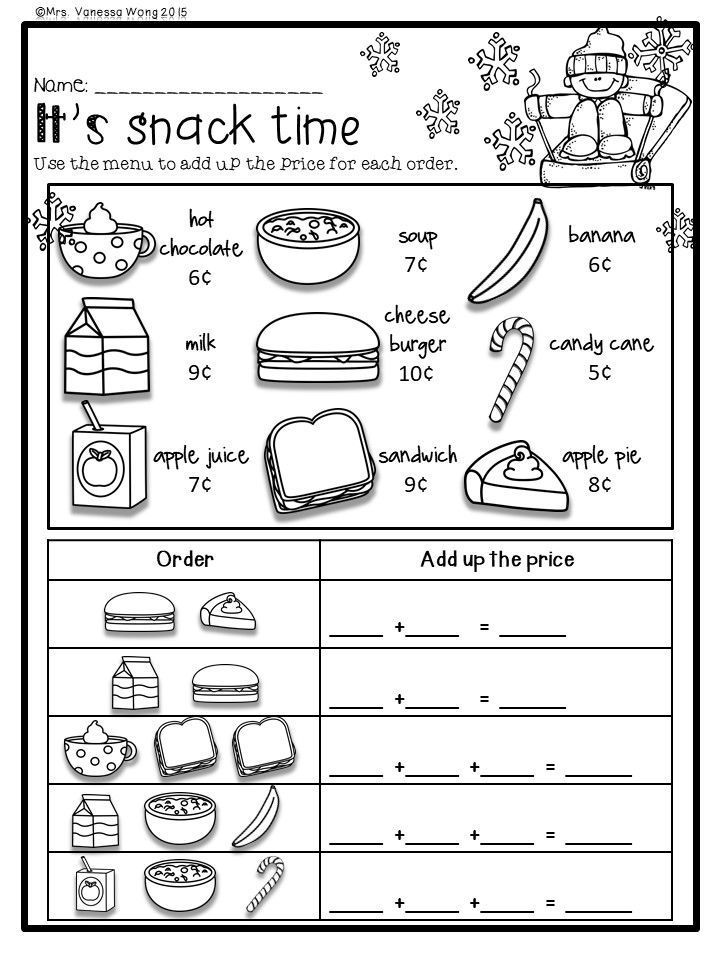
At present, literacy can be called one of the indicators of the development and education of a person in general. Many even say that it is on literacy that personal development in general is built. But why is literacy, and in particular literacy in writing, so important for both children and adults?
Contents:
- Why you need to be able to write
- First things to take care of
- Training steps
- Additional recommendations
- Quotes from famous people about writing
Why you need to be able to write
Answering this question, there are several fundamental reasons that speak about the importance of writing:
- First, the ability to write allows people to understand each other through this very writing. When a person says something incorrectly or without knowing how to find words, it is quite difficult to understand him. With a letter, the situation is similar.
- Secondly, the ability to write is a manifestation of respect for the traditions and laws of the Russian language and the people as a whole.
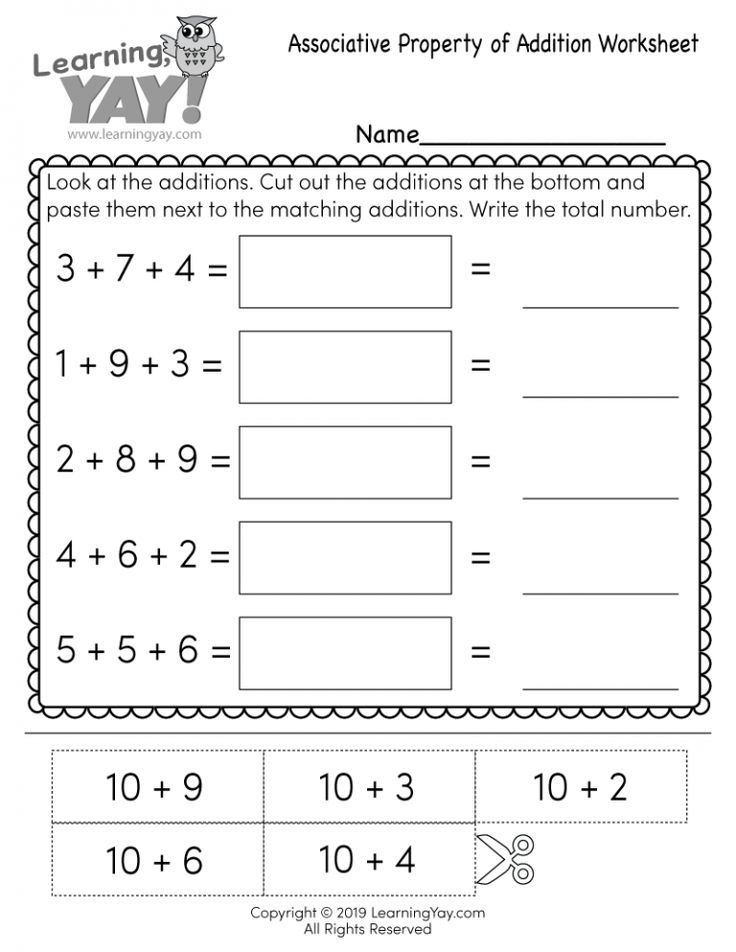
- Thirdly, the ability to write is a serious tool with which you can interact with people.
- Fourthly, the ability to write allows you to achieve success in learning, as well as simply get a job or engage in some kind of activity related to writing
- And finally, fifthly, the ability to write allows a person to form a first impression about himself. It's about like appearance - when a person is untidy, with an unwashed head and dirty nails (that is, he writes somehow and makes mistakes even in the simplest words), one gets the impression of him, and when he is well-groomed and looks great (in other words, beautiful and writes well) is completely different.
Thus, it is very difficult to overestimate the importance of writing skills. But, naturally, in order for a child to be able to write beautifully, correctly and competently, his education must be dealt with. Yes, it may not be very easy, but it is extremely important. Besides, if you teach your child to read and count, why not teach him to write?
The question of how to do this is asked by many parents while their children are still very young.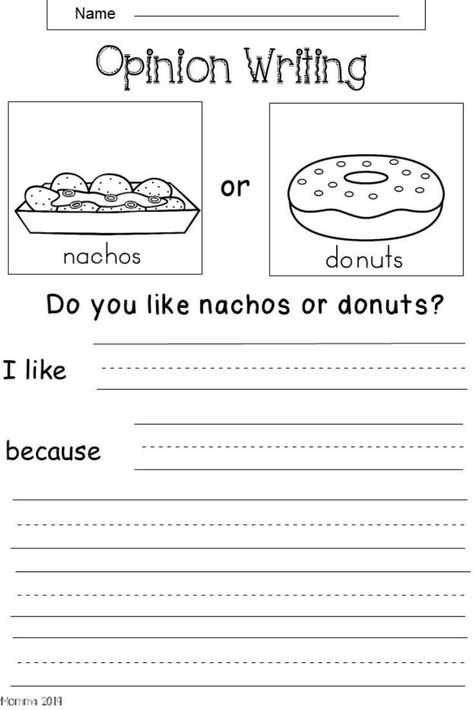 They are looking for all sorts of ways to teach writing literacy, beautiful handwriting, expanding vocabulary, etc., so that the baby can go to school prepared, achieve great academic success, keep up with classmates, etc. It is for these reasons that from the first years of life, mothers and fathers dilute the daily life of children with various activities and lessons.
They are looking for all sorts of ways to teach writing literacy, beautiful handwriting, expanding vocabulary, etc., so that the baby can go to school prepared, achieve great academic success, keep up with classmates, etc. It is for these reasons that from the first years of life, mothers and fathers dilute the daily life of children with various activities and lessons.
In the event that your idea is not a manifestation of ambition or a whim, but a true desire to bring up a healthy, holistic and harmonious personality in your child, the information below is just for you.
Before you start teaching your child to write, you need to pay attention to one very important point. It is with him that we will begin.
First things to think about
during it, their hands cannot cope with the usual manipulation of a pen or pencil. Even if they want to write something specific, they end up with unknown scribbles. The problem is obvious, although at first glance it may not be noticed.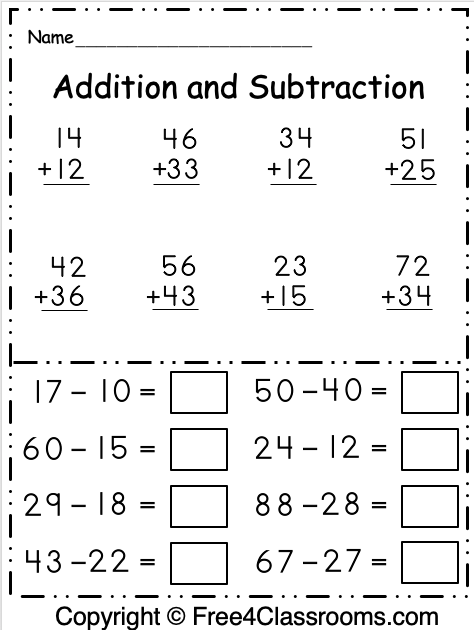 It consists in the fact that the child simply has not developed fine motor skills of the hands, because. his parents didn't work with him. This leads to the need for a visit to a specialist in motor development, as well as the fact that the child will have to "catch up" with the material and try to keep up with peers.
It consists in the fact that the child simply has not developed fine motor skills of the hands, because. his parents didn't work with him. This leads to the need for a visit to a specialist in motor development, as well as the fact that the child will have to "catch up" with the material and try to keep up with peers.
Avoid the above mentioned parenting omission, because your baby's development depends on it. In addition, classes for the development of fine motor skills are not at all laborious, and for children in general they are one of the favorite pastimes. In fact, these activities are ordinary games.
Spend time with the benefit of the child, namely:
- Sculpt together with plasticine. Let the child help you prepare something from the dough.
- Play with your baby with small objects (make sure he doesn't put objects in his mouth).
- Play with your child with soft rubber toys (make sure he crushes the toys)
- Stick paper applications with your baby.
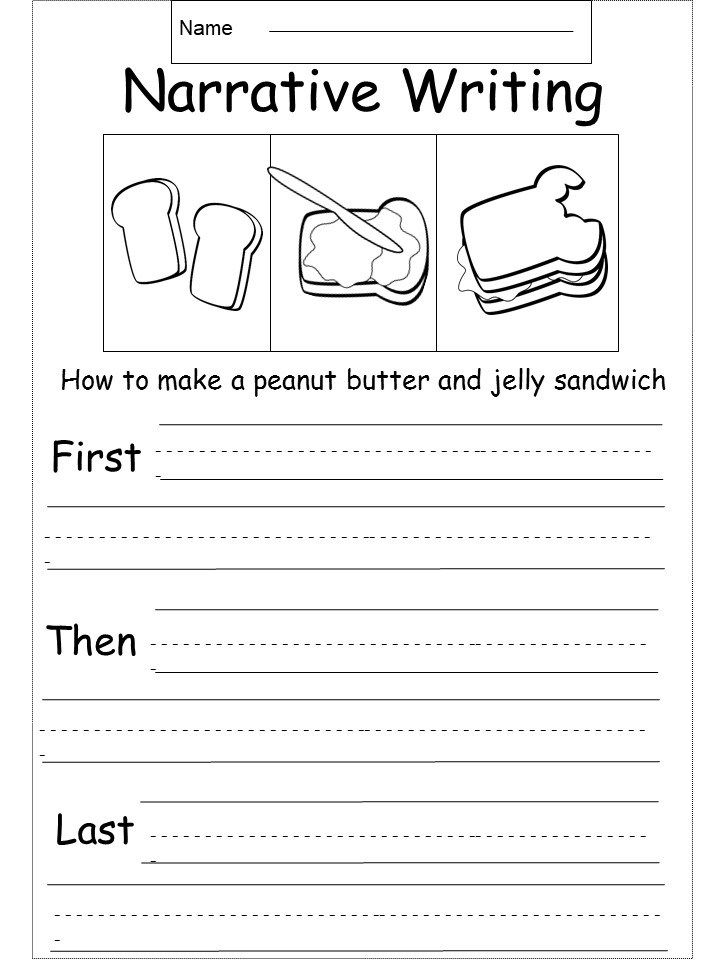
- Learn origami with your child.
- Draw with your baby and color the pictures.
- Create all kinds of compositions together with clothespins.
So, while having fun with your child, you will contribute to the excellent development of fine motor skills of his hands, and at the same time interact and get to know each other better. As a result, by the time recommended for starting writing lessons, your baby will already be prepared, which means he will be able to learn to write. The learning process itself can be divided into three stages.
Stages of learning
Anyone who wants to teach their child to write must immediately realize that success will require maximum effort and think over their own methodology. But we will talk more about the methods, but for now we will focus on the stages of training.
Three stages in total:
- Preparatory stage
- Block Writing Stage
- Writing phase
The steps presented are the categorization of educators and pediatricians. By the way, according to them, you should not start teaching a child to write before the age of three - this is still very early. But when the baby crosses this threshold, you can gradually proceed. As for the periods, they must be taken into account. Let's consider the issue in more detail.
By the way, according to them, you should not start teaching a child to write before the age of three - this is still very early. But when the baby crosses this threshold, you can gradually proceed. As for the periods, they must be taken into account. Let's consider the issue in more detail.
1
Preparatory period
Writing will not bring any results if the child cannot perform a few simple but very important actions. Based on this, at the first stage, you need to teach the child:
- sit at the table
- Hold pen or pencil
- Place notebook on table
- Observe the correct posture for writing (the child should not lean too much towards the notebook)
- Correct orientation in space (in particular - the child should not confuse the sides of the notebook sheet)
- Effortlessly focus on the same activity
Among other things, quite developed fine motor skills, which we have already mentioned, can also be included here.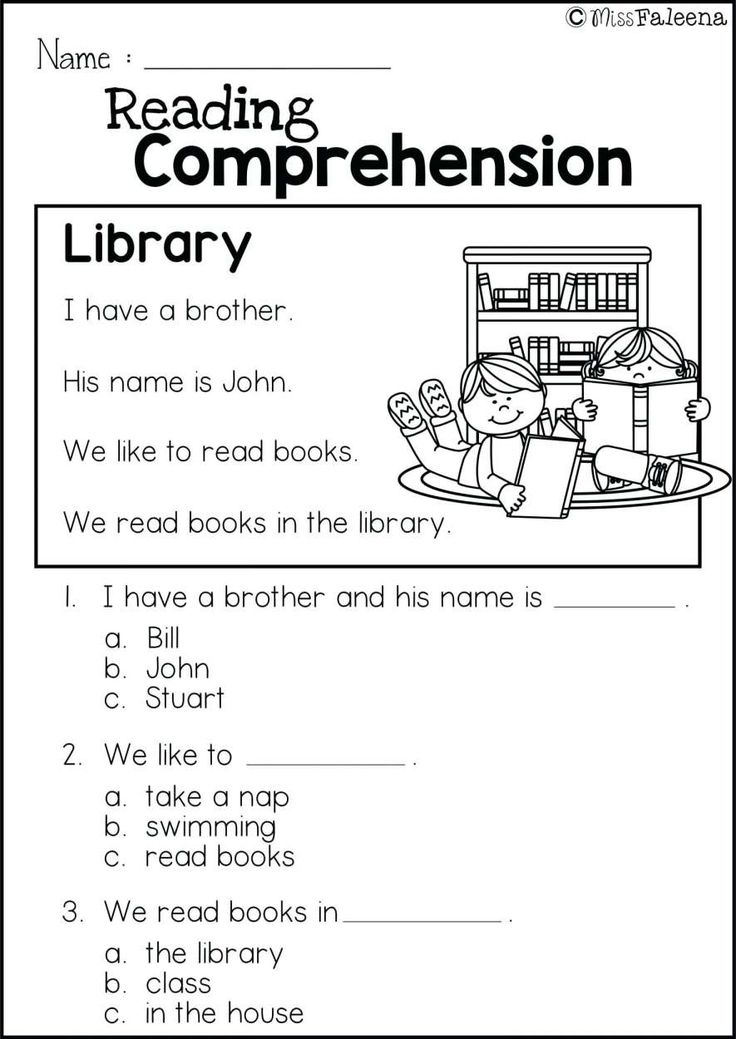 More important is also the fact that by the time he begins his learning to write, the child should already know the letters. This, in turn, indicates the need to study the alphabet before starting classes.
More important is also the fact that by the time he begins his learning to write, the child should already know the letters. This, in turn, indicates the need to study the alphabet before starting classes.
As a rule, the preparatory period corresponds to the age of three to five years.
2
Printing learning stage
You will know that the preparatory stage was successful by the way your child performs the above actions - each of them should already be familiar to him and easy for him. As soon as this happens (in most cases in 5 - 5.5 years), you can safely proceed to the development of printed letters.
Remember: the main task of the second stage is to teach your child how to write in capital and small letters.
3
Learning to write in cursive
In the case of writing in capital letters, the situation is somewhat different. Taking into account the peculiarities (and for children - the complexity) of their writing, it is better to move on to them closer to the school where copybooks are used.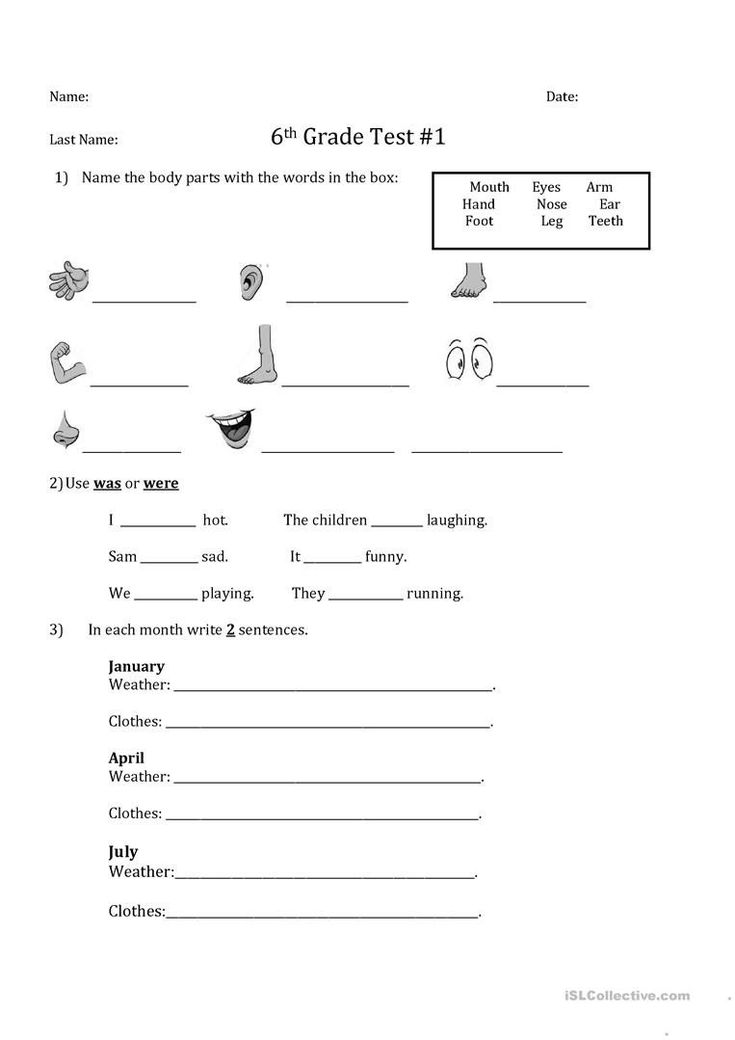 Well, or, in extreme cases, at the senior preschool age, i.e. about five or six years old. It all depends on your decision and the desires and abilities of the child.
Well, or, in extreme cases, at the senior preschool age, i.e. about five or six years old. It all depends on your decision and the desires and abilities of the child.
By building the learning process in accordance with these stages, you will make it harmonious, smooth and effective. And having considered the stages of teaching children to write, it will be a high time to talk about the most common mistakes that parents make when they get down to business. Being engaged in the early development of your child, try not to commit them.
Here is a list of the main errors:
- Exercising too long (meaning more than twice a day for 15 minutes)
- Criticism of the child, reproaches, comparison, communication in raised tones, etc.
- Lack of work on errors made
- Pressure on a child (force, threaten, use the method of "deprivation")
- Lack of time for classes (child's unpreparedness for learning)
- Ignoring the proposed steps (skipping the preparatory step, early learning to write in capital letters)
- Formal and serious approach to classes (for the hundredth time we repeat: the best form of education for preschool children is play)
- Too harsh discipline (when a parent takes over the functions of a teacher, ceasing to be a parent in the first place)
- Irregular and unsystematic classes
When teaching a child to write, always take into account these common mistakes of parents, build your strategy accordingly and practice self-control for prevention.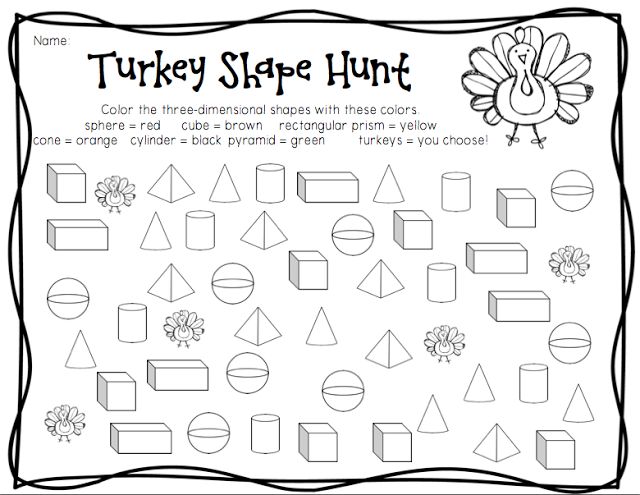
And in conclusion of the introductory lesson, we want to give you some more tips that will certainly be useful to you in your future practice.
Additional recommendations
These recommendations were not invented by us, but were compiled by one of the most famous Russian academicians, psychologist, Doctor of Biological Sciences, professor and director of the Institute of Developmental Psychology of the Russian Academy of Education - Maryana Mikhailovna Bezrukikh. In her opinion, based on many years of experience, in the process of teaching children to write, the following should be taken into account:
- Writing is one of the most difficult skills to master. It is formed quite slowly, and for a child to master it well, it takes an average of 3 to 4 years.
- Parents should not reinvent the wheel - the most effective methods can be found in specialized literature.
- To this day, copybooks are considered to be a very effective way to train writing skills.
 Bookstores sell a huge number of copybooks in the most interesting designs and designed for different ages and levels of development of children.
Bookstores sell a huge number of copybooks in the most interesting designs and designed for different ages and levels of development of children. - At the very beginning of teaching a child to write, do not use checkered paper. It is best to use albums or (in the absence of such) lined notebooks.
- All information presented to the child must be visualized. To do this, you need to show pictures, write examples, give associations, etc.
- If even with a competent approach, for some reason, the child does not learn to cope with the simplest tasks, it is recommended to seek professional help.
This concludes the first lesson. In the second lesson, we will introduce you to the basic principles and the most popular methods used when teaching children to write. After reviewing them, you will know what can be used, and what will be more effective specifically in your case.
Lesson 1. Basic principles and basic methods of teaching children to write
As it should be understood, the process of teaching children to write is based not only on a certain methodology, but also on specific general didactic principles.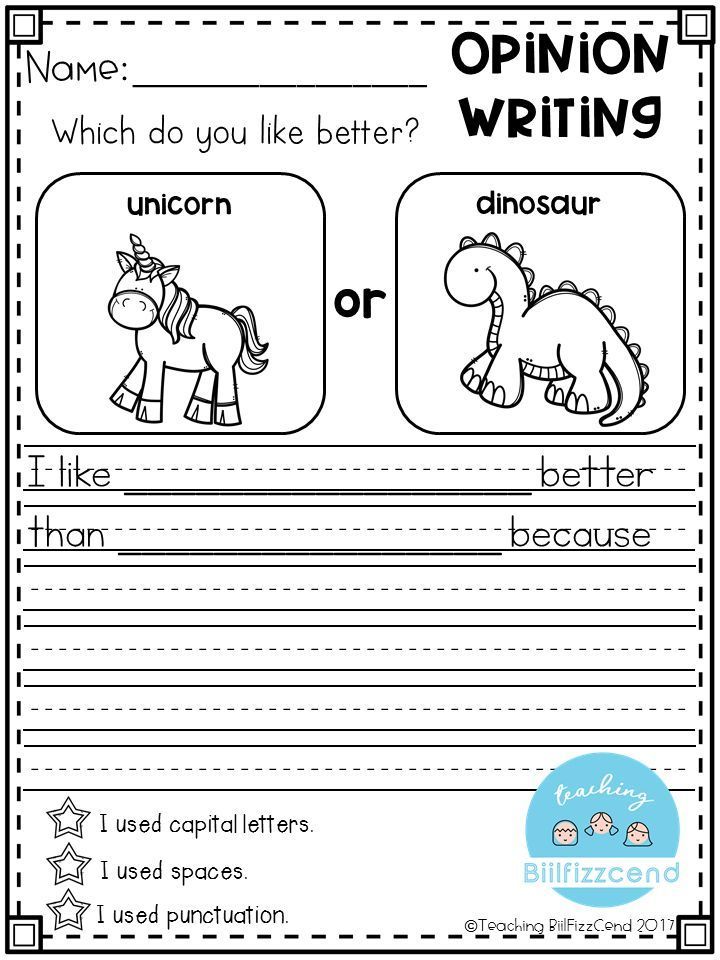
Therefore, first we will talk about them, and then we will talk about the methods.
Lesson 2. How to teach a child to write: preparation, games, tricks, recommendations
Teaching a child to write is a task, albeit difficult, but quite doable, and any responsible parent can do it. The question is rather when to start preschool, because if you start too early, the child may have problems in the future. It is for this reason that the first thing to pay attention to is the development of fine motor skills.
For example, the famous teacher Vasily Sukhomlinsky said that the origins of children's abilities and talents are at the fingertips of children. It is far from a secret that with the development of fine motor skills, the corresponding parts of the brain develop, muscle memory, attention, perseverance are trained, i.e. there is a real preparation for writing. And here you need to "seize the moment" when you need to do everything so that already in the first grade the child can learn more easily.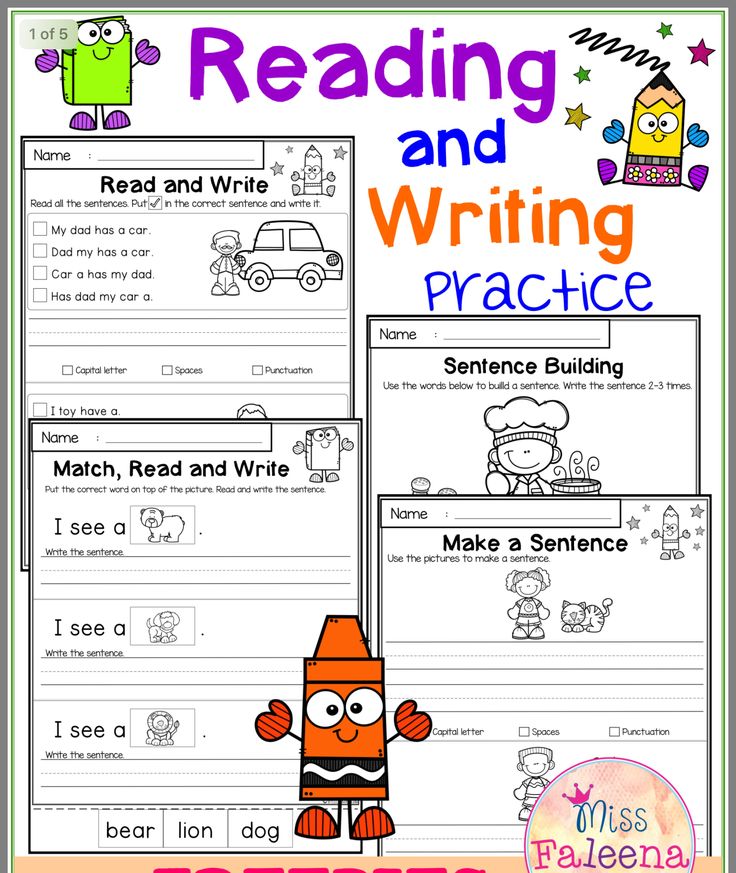
Lesson 3. Teaching writing to the smallest
In the last lesson we started talking about preparing children for learning to write. In the following, we will continue this theme and at the same time move on to the practice of elementary education. As it has already become clear, preparation begins a few years before school. But many parents, in a hurry to quickly start classes, hastily study the methods, but do not pay attention to self-control at all, because. only it allows you to avoid making the most common mistakes. The most important of them is too early start of training.
According to primary school teachers, based on many years of experience, parents should not teach their children to write (especially cursive) at preschool age. And the categoricalness of this opinion, of course, is based on a number of specific reasons: there is only one requirement for this very preschool preparation - that the child knows the alphabet. As for the skill of beautiful writing of letters, everything here - as God puts on the soul - this is not required for "enrollment" in first graders.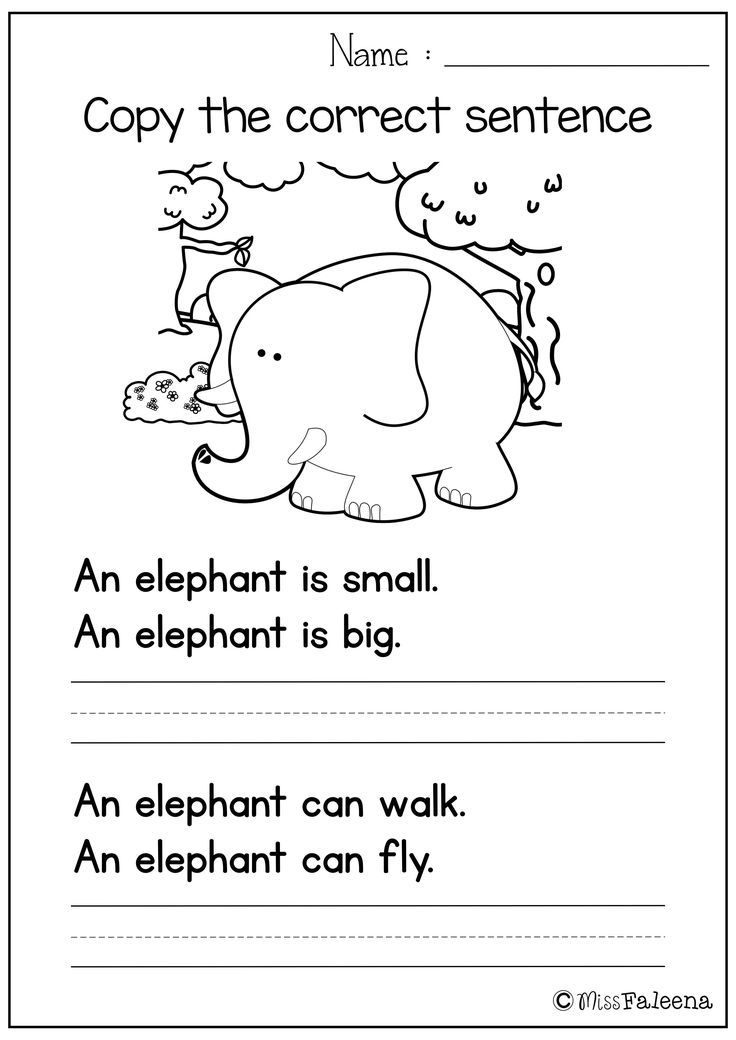
But caring parents, in turn, do not want to let the development of their child take its course or shift the responsibility for it onto the shoulders of teachers alone. Therefore, preschool writing classes are far from uncommon. And here we again return to the observations of teachers: it was noticed that children who learned to write at home even before school, when they came to the first grade, often write worse than those who began to master such a difficult skill already at their desks.
Lesson 5. Learning to write correctly and without mistakes
The skill of beautiful and literate writing can safely be counted among the indicators of personality development and individual culture of a person. Unfortunately, from birth, no one has the ability to model letters, follow the rules for writing them and not make mistakes. Only the hard work of parents and the child allows you to develop the ability to write grammatically correctly at an early age.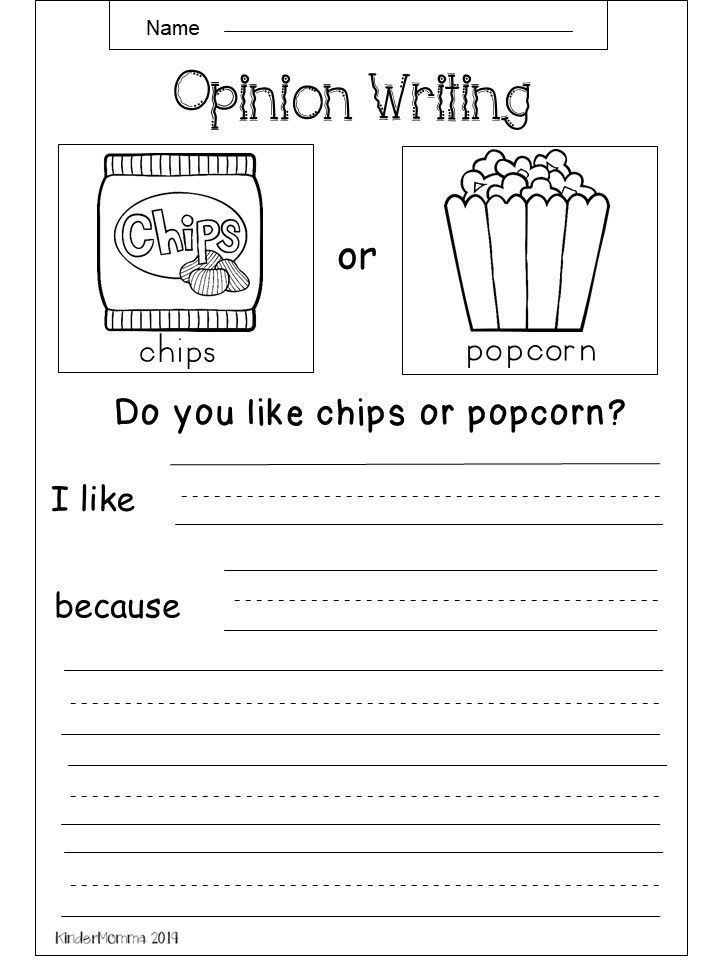
In the preschool period and in the elementary grades, children make many mistakes in writing, and even in those cases when they copy the text from some sample or board, perceiving someone else's speech by ear or expressing their own thoughts. And this, along with teaching children to write in block and capital letters, is another topic that should definitely be considered. We will begin the sixth lesson with a description of the basic principles of teaching children to write competently, and we will continue with methods for teaching children to copy from samples and write from dictation.
Lesson 6. Getting rid of illiteracy in writing. Overcoming unwillingness to study
Many children cannot understand why it is so important to be literate and write correctly. They calmly write “arel”, “mouse”, “orbuz”, and everything is in order - what difference does it make - “a” or “o” in the word, because it’s already clear to everyone what it is about.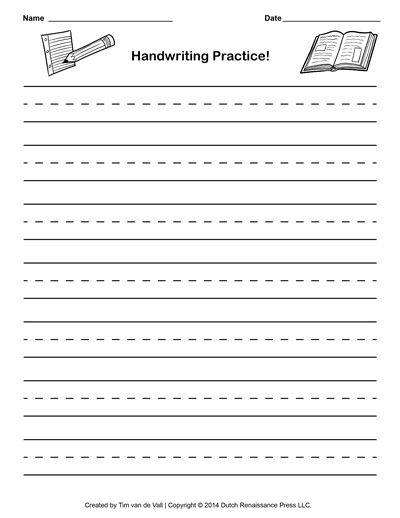 Based on this, the first thing to do is to explain to the child the importance of literacy.
Based on this, the first thing to do is to explain to the child the importance of literacy.
Literacy, and in particular - literacy in writing, is today a sign of a person's education. A schoolchild needs to be literate for the reason that there are written assignments and work in all subjects, which means that literacy is always needed. In addition, classmates, and in some cases teachers, often make fun of children who do not know how to write correctly and make fun of them. And who is pleased when he is "poked with his nose" in his own mistakes, and even scoffing at the same time?
Lesson 7. Learning to write essays
A student needs to be able to write essays just as much as the ability to copy texts from a sample, write from dictation, etc. Moreover, this skill is needed even for those who were not awarded by nature with literary talent. Thus, if some children write essays without problems, then it can be very difficult for others. How to behave in such a situation? What is effective parental support?
Lesson 8.
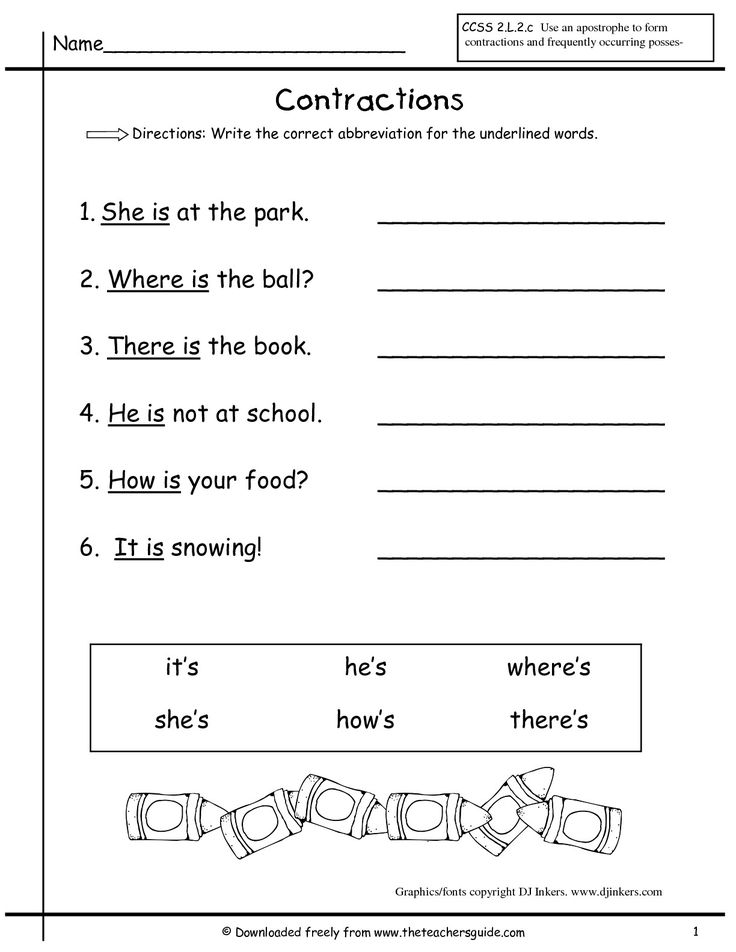 Teaching a child to write in foreign languages
Teaching a child to write in foreign languages For a fulfilling life that opens up many new perspectives and opportunities, it is essential for a modern person to know at least one foreign language. With knowledge of a foreign language, you can enter a university with the appropriate requirements, go to study under a student exchange program abroad, make new acquaintances with people around the world, get a good position in a large international company, etc. And if we take into account the fact that it is best to learn new knowledge at a young age, then a foreign language should be taught even before school, or at least in the first grades.
How to learn to read in a foreign language was discussed in the first block of our course. Now we will continue the topic of foreign languages, but we will consider it in the vein of teaching writing specifically. And as an "experimental" language, we will again take English. The reasons are similar: English is an international language, very popular, in demand and easy enough to learn.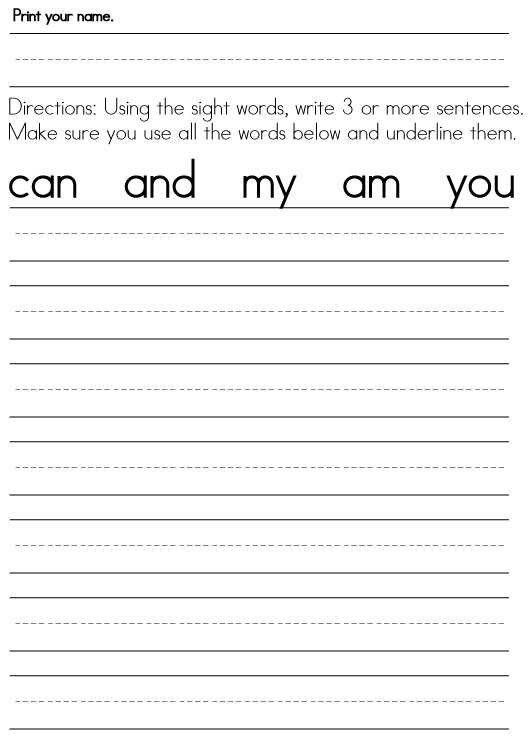 So let's go, or as the Americans say: "Let's it!".
So let's go, or as the Americans say: "Let's it!".
Lesson 9. Teaching a child to type on the keyboard
Modern life is completely unthinkable without computers. They accompany a person everywhere, from home to a work office, from a coffee machine to a store's cash register. Even without talking about global computerization, it becomes clear that today it is necessary to be able to work with a computer. In many educational institutions (so far mainly in the West, of course), the place of notebooks and pens on school desks has been replaced by laptops. We will also talk about the advantages and disadvantages of introducing computers into the education system on the pages of our intellectual club, but for now we will continue.
Now you don't often meet an adult who doesn't know how to work on a computer, let alone children. But if it is enough for the middle-aged generation to know basic programs and be able to use the Internet, and grandparents have enough skills to manipulate a push-button cell phone, then modern children need to master the intricacies of user computer science.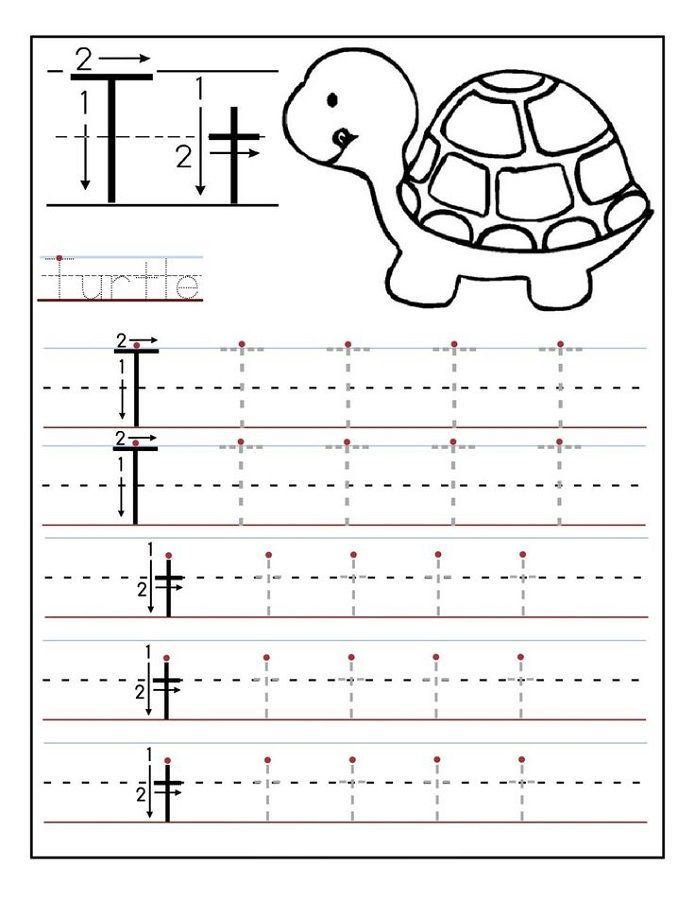 And one of the basic skills among them is the ability to quickly type on the keyboard.
And one of the basic skills among them is the ability to quickly type on the keyboard.
Famous people quotes about writing
To conclude this introductory lesson, here are some inspiring quotes from famous people about writing:
The best way to penetrate a person is with the help of a letter. The word blinds and deceives, because it is accompanied by facial expressions, because you see how it leaves the lips, because the lips please, and the eyes seduce. But black words on white paper are the soul wide open.
Guy de Maupassant
Almost all important things people do through correspondence, therefore, the ability to speak alone is not enough.
Luc de Vauvenargues
A man ruins his talent if he writes worse than he can write.
Ernest Hemingway
My main goal is not to write faster, but slower.
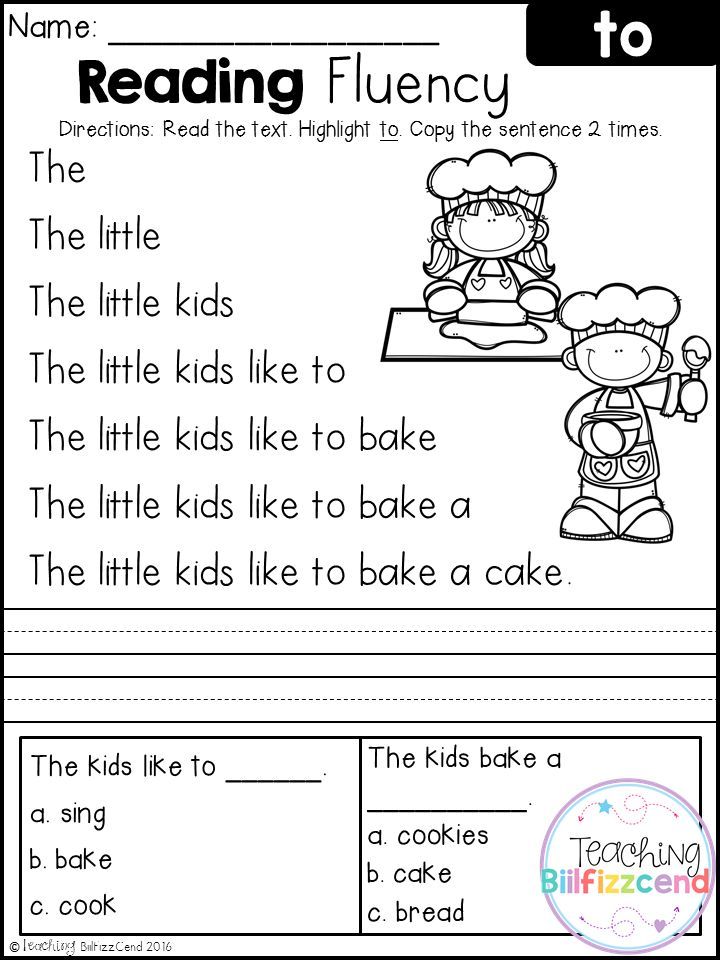
Learn more

